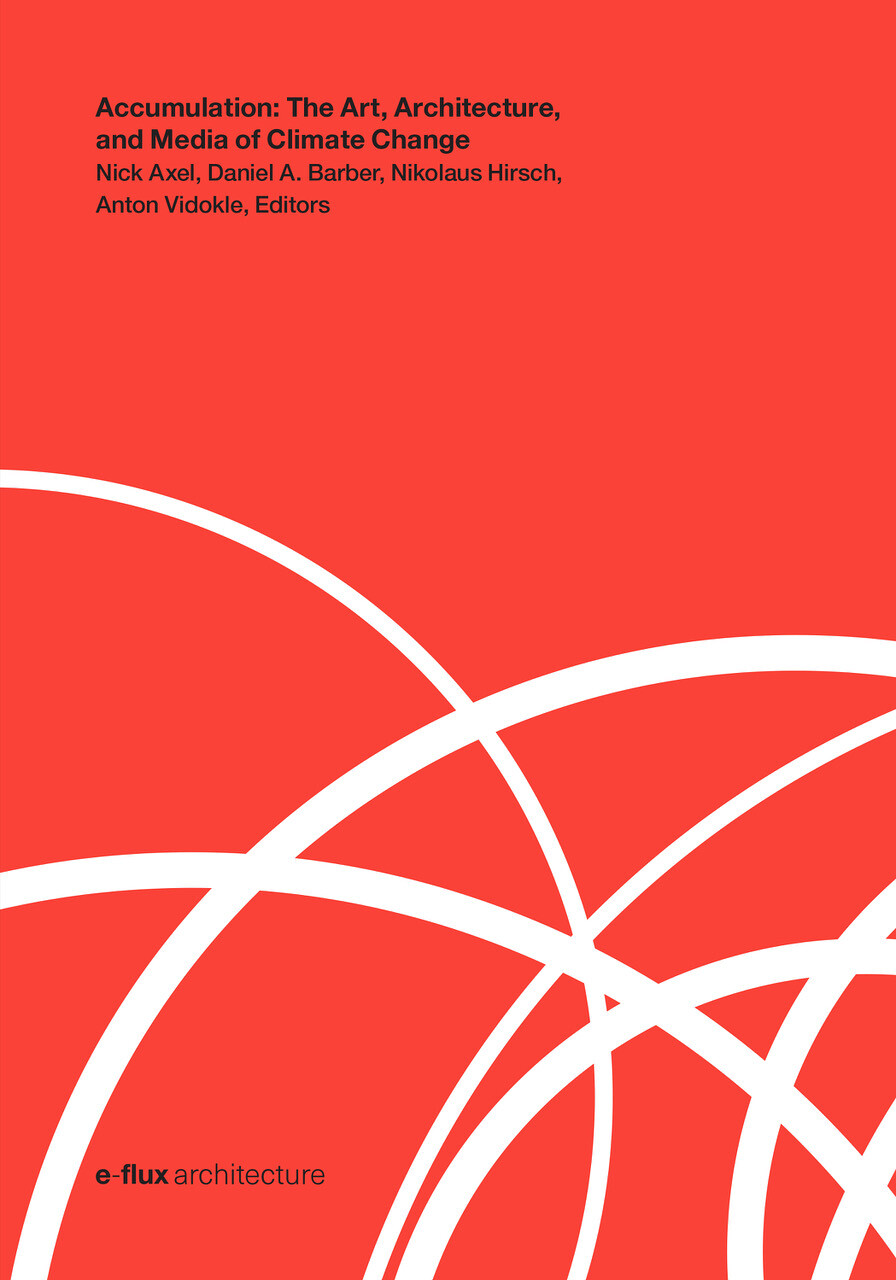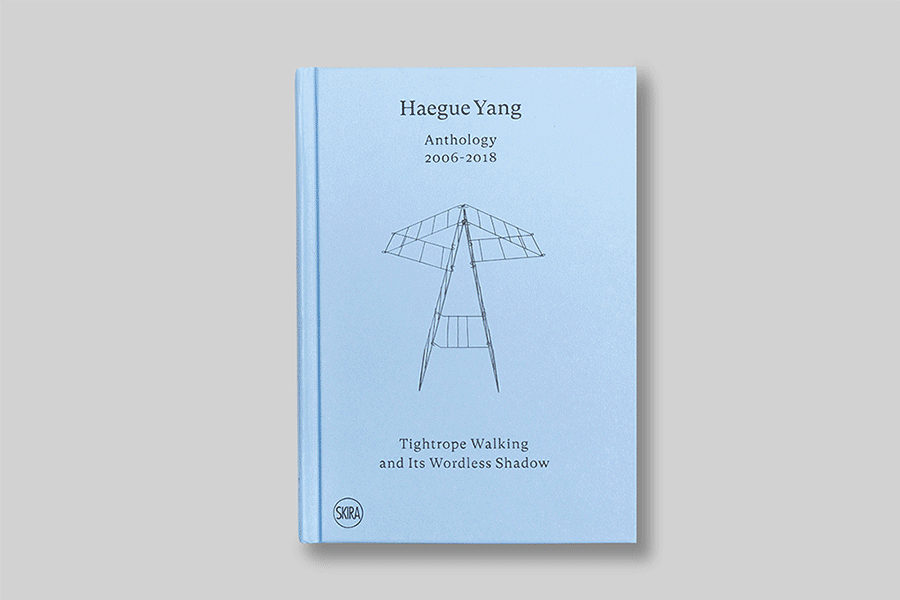T. J. Demos Read Bio Collapse
T. J. Demos is an award-winning writer on contemporary art, global politics, and ecology. He is Professor in the Department of the History of Art and Visual Culture, at University of California, Santa Cruz, and founder and director of its Center for Creative Ecologies. He writes widely on the intersection of contemporary art, global politics, and ecology, and his essays have appeared in magazines, journals, and catalogues worldwide. His published work centers broadly on the conjunction of art and politics, examining the ability of artistic practice to invent innovative and experimental strategies that challenge dominant social, political, and economic conventions. Demos is the author of numerous books, including Beyond the World’s End: Arts of Living at the Crossing (Duke University Press, 2020), Against the Anthropocene: Visual Culture and Environment Today (Sternberg Press, 2017); Decolonizing Nature: Contemporary Art and the Politics of Ecology (Sternberg Press, 2016); The Migrant Image: The Art and Politics of Documentary during Global Crisis (Duke University Press, 2013)—winner of the College Art Association’s 2014 Frank Jewett Mather Award—and Return to the Postcolony: Spectres of Colonialism in Contemporary Art (Sternberg Press, 2013). Earlier books include The Exiles of Marcel Duchamp (MIT Press, 2007), and Dara Birnbaum: Technology/Transformation: Wonder Woman (MIT Press/Afterall Books, 2010). Demos co-curated Rights of Nature: Art and Ecology in the Americas at Nottingham Contemporary in January 2015, and organized Specters: A Ciné-Politics of Haunting, at the Reina Sofia Museum in Madrid in 2014. He has served on the Art Journal editorial board (2004-08), and currently sits on the editorial board of Third Text, and on the advisory board of Grey Room.
Weather can be experienced, but to understand climate, media is necessary.
Igor Zabel Award for Culture and Theory 2020
Conference and Ceremony
Visualizing the Anthropocene: Aesthetics and Politics
The recent mass uprisings in Hong Kong; the anti-colonial rage expressed on the streets of San Juan; uprisings in war-torn Iraq; anti-neoliberal revolts in Chile; Central American migrants fleeing agricultural failure and gang violence crossing the US–Mexico border zone—all have been answered with tear gas, an integral component in the liberal-become-authoritarian state’s response to opposition that bypasses conventional routes of negotiation. Its (supposedly) nonlethal crowd control is clearly post-political, maintaining the state’s monopoly on violence. Nonetheless, these worldwide revolutions rise up against everything tear gas represents, and it is these struggles that can offer important lessons for the politics of climate emergency, beginning with a necessary expansion of our terminology.
We have images of devastation, but these images, mostly found on news and social media sites, don’t, can’t, show the devastation of images wrought by such apocalypses: burning aesthetics. Welcome to the Pyrocene, the geological age of fire, matched by the overwhelming affects of fear and dread, and complicated by the very incomprehensibility of responsibility. We’re dealing with the unstoppable spread of chain reactions of material oxidation, releasing more carbon dioxide that causes further warming and droughts and that prepares more ground for fires, all sparked by the depersonalized, historically agglomerative networked agency of the petrocapitalist political economy—that ultimately burns itself. The power of this socio-climatic event ultimately negates the safe separation between traumatic experience and investigative security, between present emergency and forensic aftermath. Its threat is that there will be no aftermath.
Even though Love is the Message offers an amazing account of generative ambivalence and creative survival, even while it also gives rise to encompassing hopefulness in collective moments of love, solidarity, ethical conviction, and collective justice-seeking, it simultaneously obliterates any consideration of extending or sustaining its world of horror, one of beyond-grotesque inequality, impoverishment, and violence that renders Black life and lives matterless by the state and its human apparatuses. Unlike The Breakthrough Institute, which proffers art and leisure as rewards, Jafa’s sci-fi reaches the realm of cosmopolitical magnitude without losing sight of vernacular instances of in/justice, of situated expressions that are future-oriented but historically informed, and which are dedicated to the reinvention of everyday life, art, culture, politics, mourning.
Climate Change in Photography and Video






























